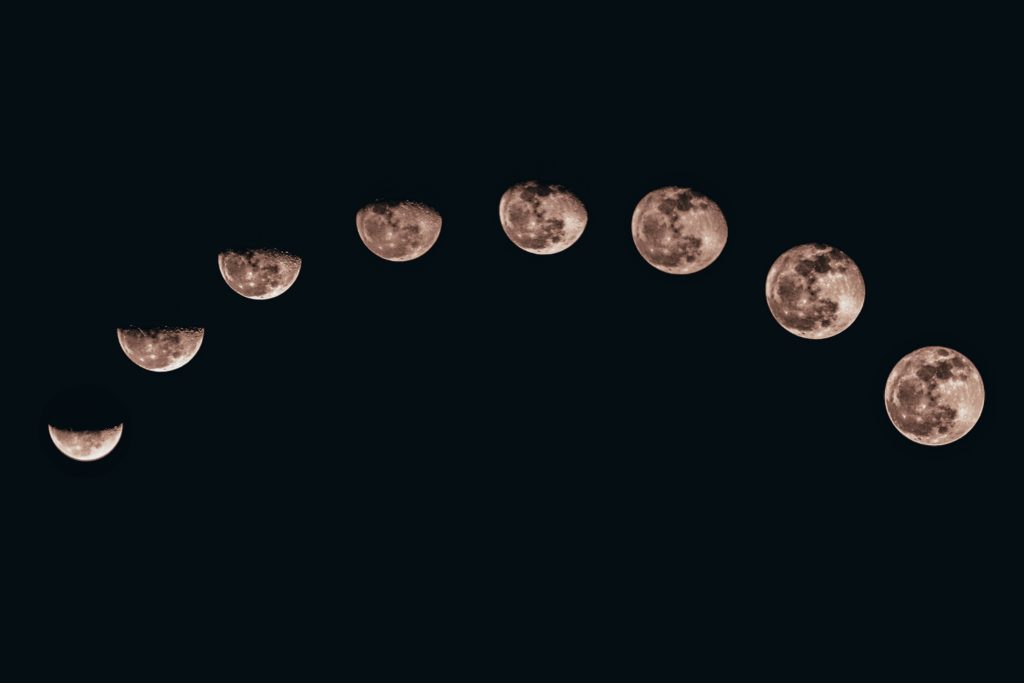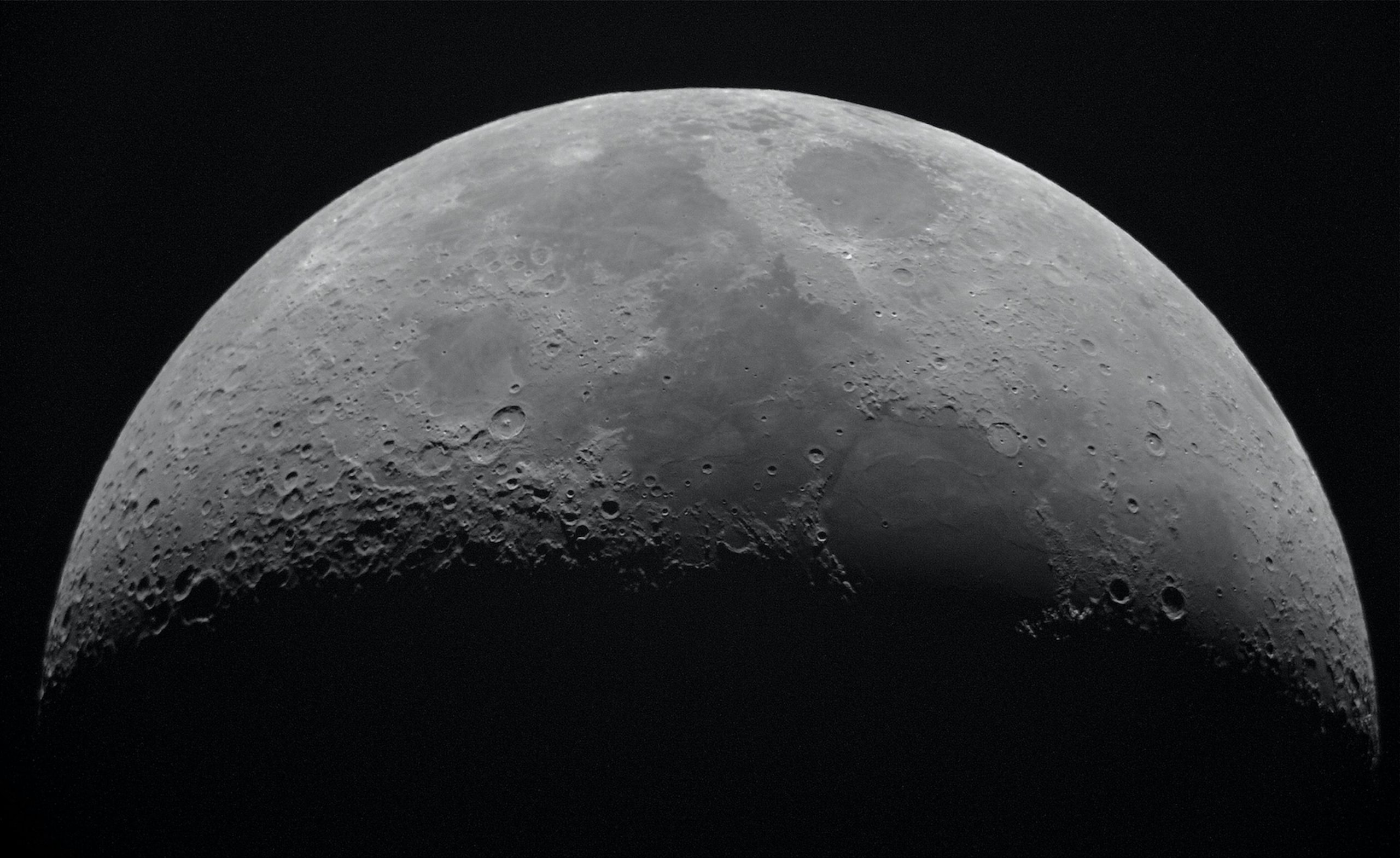On Oct. 26, 2020, NASA revealed that they have discovered water on the surface of the Moon, thanks to the use of their Stratospheric Observatory for Infrared Astronomy, or SOFIA. Unlike previously thought, it is believed that the water is spread across the surface of the Moon and not limited to dark, shadowy places.
NASA’s SOFIA detected water in the Clavius Crater, one of the largest craters on the Moon. The Clavius Crater is visible from Earth and located in the Southern Hemisphere of the Moon. Prior to SOFIA’s discovery, it was known that there was Hydrogen on the Moon, but it was unknown if the substance was, in fact, water or water’s distant cousin, hydroxyl. According to NASA, the amount of water found on the Moon’s surface, however, is only equivalent to that of a 12-ounce bottle of water and contained inside a cubic meter of soil. To illustrate, NASA has found over 100 times more water in the Sahara Desert than is on the surface of the Moon.
NASA hopes to learn more about the water on the moon prior to sending a manned mission there in 2024, eventually hoping to establish a human presence there. SOFIA is not the first technology used to attempt to learn more about the Moon’s surface. In 1969, when humans first landed on the Moon, it was thought to be entirely dry. Other missions, such as the Lunar Crater Observing and Sensing Satellite, Indian Space Research Organization’s Chandrayaan-1, and NASA’s ground-based Infrared Telescope Facility, attempted to search the surface of the Moon more thoroughly while they were able to locate hydration on the surface.
According to Dr. Casey Honnibal, a fellow of NASA’s Postdoctoral Program, water should not be possible given that the Moon lacks a thick atmosphere like there is on Earth. Honnibal said, “Without a thick atmosphere, water on the sunlit lunar surface should be lost to space.” SOFIA is typically used to look at black holes, star clusters, and galaxies—all of which are dimmer than the Moon. NASA wasn’t sure if they would see anything on SOFIA’s first attempt to look at the Moon. Yet, scientists gave it a shot anyway, wanting to answer questions about water on the Moon’s surface. Follow-up missions will be used to look for more water in different situations, such as different Moon phases and sunlit locations, and also how it moves across the lunar surface.

If the water on the Moon is viable, then it would mean fewer supplies will be needed to be brought to the Moon when a colony is established.
B roll regarding the discovery as well as questions and information on SOFIA can be found on NASA’s website.
Jeri Hensley
Creative Director/Reporter

